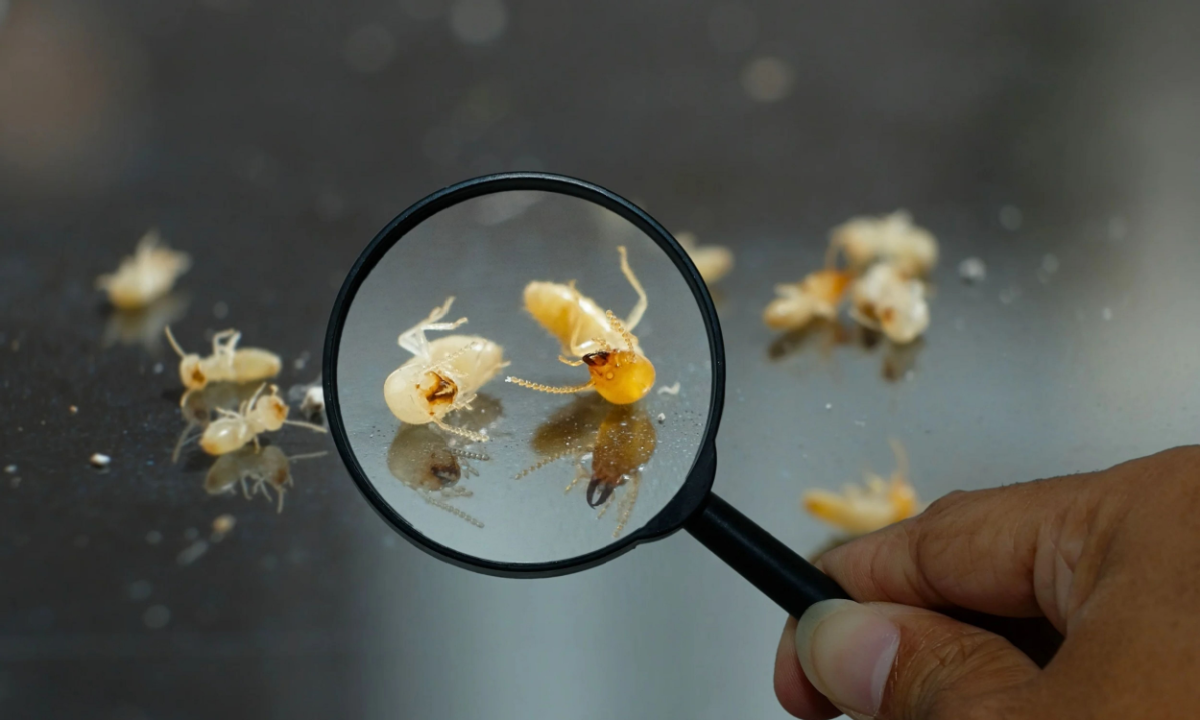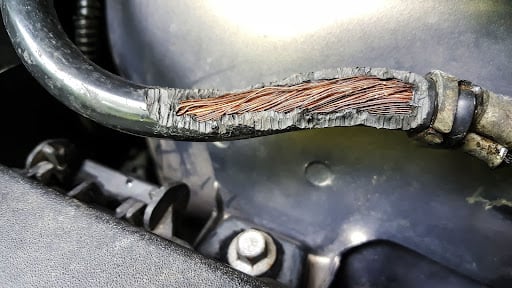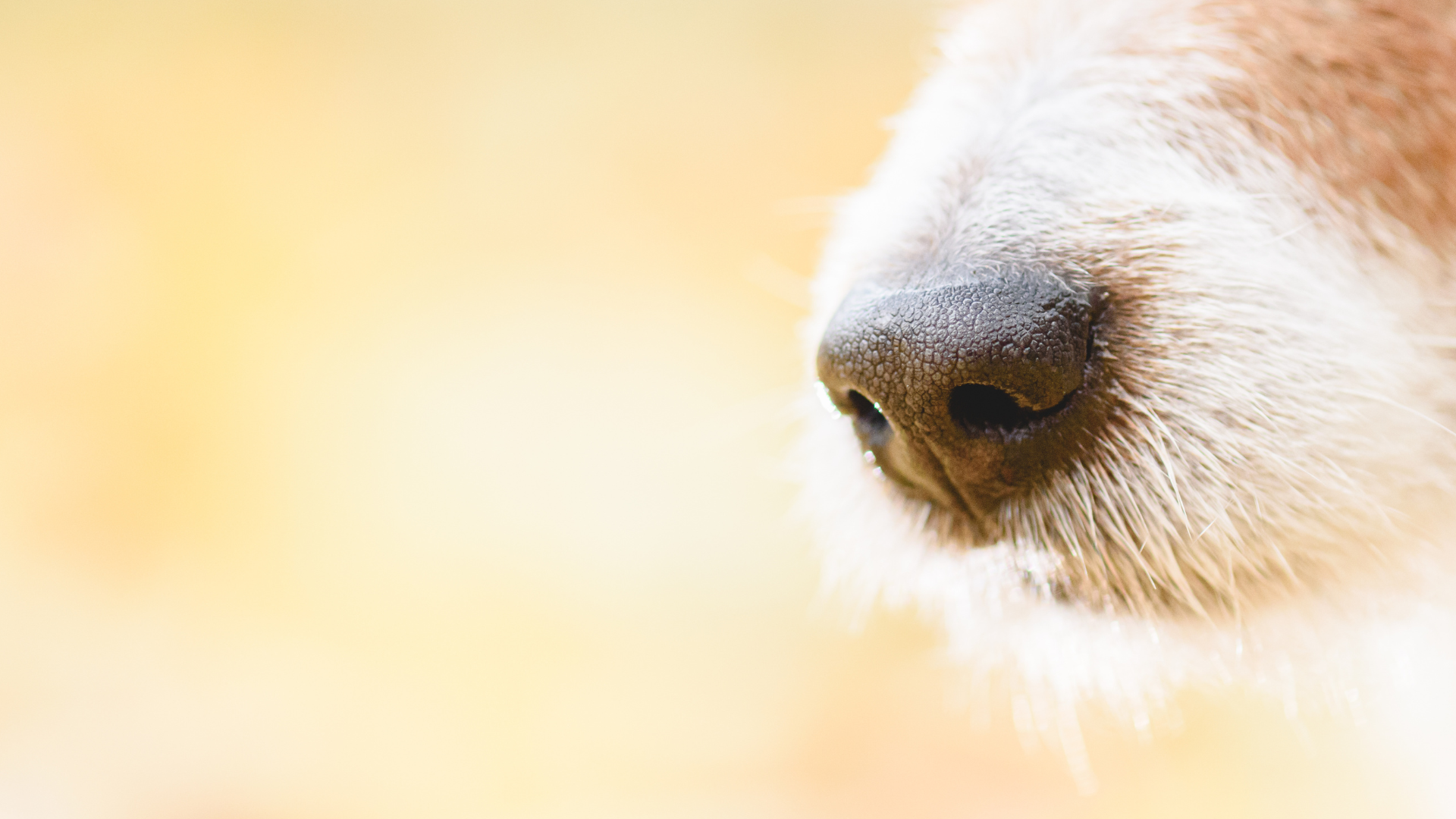During winter, homeowners need to be on the lookout for several pests, including rodents in New Jersey, spiders, and, most scary of all, cockroaches.
Unfortunately, cockroaches don’t hibernate during the winter, meaning they’ll need to seek shelter in a warm home with abundant food.
However, you can stop cockroaches from entering your home by identifying the signs of an infestation and educating yourself on ways to prevent cockroaches. Find out various prevention tips and how to identify different species of cockroaches from a proffesional exterminator by reading below.
Signs of a Cockroach Infestation
Cockroaches are notoriously stealthy little insects, rarely presenting themselves in the daylight or around humans. Instead, you’ll likely stumble across a cockroach as you open a door into a dark room, move a piece of furniture, or open a box that’s been closed in the garage for some time.
For this reason, it tends to be difficult to identify an infestation until it’s grown rather large. Luckily, we’ve devised a list of identifiers to help you spot an infestation in its early stages.
Smear Marks
Small brown-shaped marks on trim, whitewalls, and baseboards could indicate that cockroaches are lurking. Unfortunately, these signs often get ignored because they are so irregular, and they chalk them up to a pet or someone in the house.
Droppings
Cockroach droppings can range from large dark spots to small pellets on the floor. Nevertheless, droppings can be difficult to distinguish because they look similar to coffee beans and may be attributed to something else.
Egg Capsules
However, cockroach egg capsules are one of the easiest ways to identify an infestation. These distinct, cylindrical capsules are around the size of a small pill and generally feature a segmented pattern and a reddish-brown outer layer. These egg capsules can carry up to 30 nymphs, making it essential to destroy them before they can hatch.
Shredded Exoskeletons
Cockroaches generally shed their exoskeletons 5 to 8 times during their life cycle, leaving behind “skins.” These exoskeletons are usually found in their dens or primary habitats; if you spot an exoskeleton, it’s best to pay attention to that particular area.
Unpleasant Odors
Cockroach droppings have a rather unpleasant odor which some describe as “musty” or “damp.” This scent can attract other cockroaches, making for an even larger infestation. Therefore, if you note an unusual odor, especially in a dark corner of your house, there’s a chance that cockroaches have moved in.
Should I Be Worried About One Cockroach in My House?
Even if you spot just a single cockroach in your home, there are likely more hiding nearby. Unfortunately for homeowners, cockroaches aren’t loners. These insects tend to live in large colonies and reproduce extremely rapidly.
Cockroaches are also nocturnal, meaning they generally become more active at night. So many people can go for days or weeks without even noticing their presence.
For this reason, we recommend any homeowner seek immediate help for any cockroach in New Jersey you spot. Most likely, this will be the German cockroach, although there are several species you should be aware of.
Types of Cockroaches in New Jersey
Across the globe, there are over 4500 different species of cockroaches. Luckily, only 7 of these species are found in New Jersey. While differing in size and color, they all share several general characteristics, including an:
- Ovular shape
- Long, thin antennae
- Shield-shaped plate just behind the head
- Long spined legs
Now, we’ll dive deeper into the specific characteristics that set these seven species apart from one another.
1. German Cockroach
German cockroaches account for nearly all home infestations across the globe, especially in the United States. These insects are identifiable by their ½ to ⅝-inch size, golden brown and dark brown bodies, and two distinct stripes down their pronotum. This species also features large wings, though the insect is incapable of flight.
2. American Cockroach
American cockroaches are much larger than their German counterparts, with adults ranging between 1 ½ to 2 inches. These cockroaches feature a distinct reddish-brown color with sporadic yellow markings just behind the heads. As adults, American cockroaches also have wings, though, unlike German cockroaches, they will occasionally use them to fly in warmer temperatures.
3. Oriental Cockroach
Oriental cockroaches are far less common in New Jersey than the previous two insects, though they can occasionally be observed. These insects reach lengths of 1 to 1 ¼-inches and feature dark brown bodies. In addition, male oriental cockroaches feature long wings covering 75% of their bodies, while females do not. Fortunately, neither can fly.
4. Brown-Banded Cockroach
Similar in size to the German cockroach, the brown-banded cockroach is a small, light-brown to brown insect that features darker brown bands across the body. Males and females both feature wings. However, only the males can fly.
5. Spotted Mediterranean Cockroach
The spotted Mediterranean cockroach was accidentally introduced to the states from Europe sometime in the mid-20th century. This species is perhaps the most unique looking on the list, featuring a small ⅜-inch length, light yellowish bodies with several dark spots, and wings. Though rarely infesting homes, these cockroaches are often found flying outside buildings in New Jersey.
6. Pennsylvania Wood Cockroach
This species ranges from ¾ to 1 inch in length and features a dark brown body, with females sporting a slight red hue. Males possess wings and can often be found flying, while females are wingless. Pennsylvania wood cockroaches rarely travel indoors, preferring to hide under decaying tree matter.
7. Surinam Cockroaches
Surinam cockroaches are arguably the most rare species found in New Jersey, primarily living in the dirt. These cockroaches feature ¾ to 1-inch-long segmented brown bodies.
In the U.S., only females of the species are present. However, they can reproduce without mating. Therefore, these cockroaches are not commonly found indoors, though they can be accidentally transferred indoors or into greenhouses through infested soil.
5 Ways to Prevent Cockroaches
Cockroaches are pesky little pests that prove difficult to remove permanently. For that reason, prevention is the best practice to eliminate cockroaches before they arrive.
- Seal potential entry points: Cockroaches often enter through cracks in siding and sometimes under doors.
- Store food in sealed plastic containers: Eliminate all food sources to prevent them from entering your home in the first place.
- Eliminate clutter, especially in dark, secluded areas: Cockroaches like to hide under clutter, so give them nowhere to hide.
- Wash dishes immediately. In addition, don’t leave any food on your plates or any standing water in your sinks.
- Use covered trash receptacles. Seal off any food aromas, and immediately remove garbage bags when they fill up.
Act Quickly
Unfortunately, cockroach infestations spread quickly and can be difficult to maintain. As a result, professional treatment is almost always necessary.
Furthermore, pesticide use may be safe when used by professionals but dangerous as DIY methods. Since most cockroach infestations require fumigation or pesticide use, it’s best to call a professional immediately.
Contact the professionals at Anchor Pest Control for your free quote on residential and commercial treatment. Check out our Pest Protect 365 for year-round prevention against pests, like cockroaches, and over 40 different species. Act now to stop an infestation from continuing!
FAQs
What are the tell-tale signs of a cockroach infestation?
Several indicators of cockroach infestations include smear marks on walls, exoskeletons, droppings, egg capsules, and unpleasant odors. Any of these signs are likely indicators of a cockroach infestation and should be taken seriously, as infestations can rapidly grow and intensify.
How many species of cockroaches reside in New Jersey? What are they?
Though over 4500 species of cockroaches are present worldwide, only seven reside in New Jersey. These include the German cockroach, the American cockroach, the oriental cockroach, the brown-banded cockroach, the spotted Mediterranean cockroach, the Pennsylvania wood cockroach, and the Surinam cockroach.
Should I worry about the presence of a single cockroach in my home?
Unfortunately, cockroaches live in colonies. If you happen to find one, there are likely several others nearby. If you’ve only found one, it’s best to thoroughly investigate your household in search of additional insects or the aforementioned signs of an infestation. Contact us below for immediate help.




